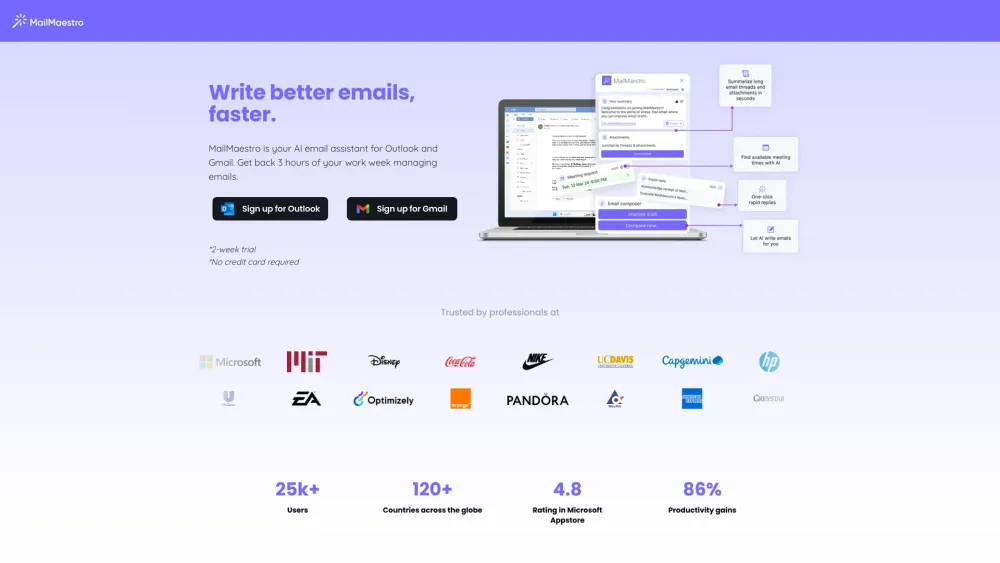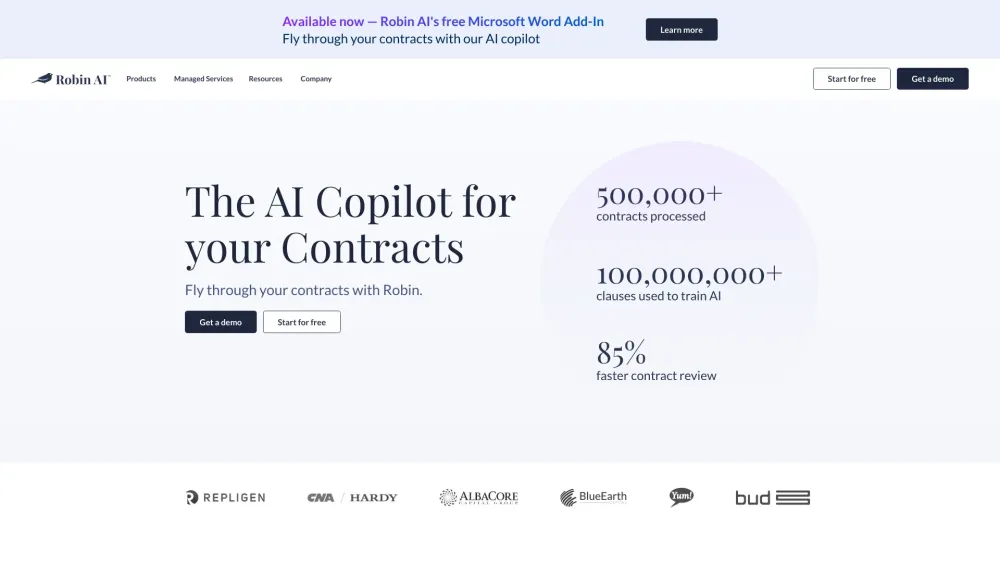During a recent media showcase for RTX AI, Nvidia showcased major advancements in artificial intelligence, highlighting its various applications in the PC sector. The event introduced innovative tools such as NVIDIA ACE, ChatRTX, Stable Diffusion, DLSS 3.5, the NVIDIA app, and AIGC creations from numerous AI artists utilizing the RTX 40 series AI PC.
Nvidia has been pivotal in the shift toward AI computing, launching the RTX technology and the first consumer GPU designed for AI, the GeForce RTX, in 2018. AI PCs now feature dedicated acceleration hardware known as Tensor Cores, which significantly enhance AI performance in both demanding work and entertainment applications, supporting popular generative AI models like Stable Diffusion 1.5 and SDXL. The NVIDIA TensorRT software development kit further optimizes deep learning inferencing.
AI performance is quantified in teraops (TOPS), representing trillions of operations per second. This metric helps users gauge their PCs' AI capabilities, with GeForce RTX 40 series GPUs delivering between 200 to 1200 AI TOPS, compared to lightweight AI PCs that offer only 10 to 45 TOPS. Nvidia provides AI performance data for various GPUs on its website, enhancing user accessibility.
The newly launched UL Procyon AI image generation benchmark now supports TensorRT acceleration, accurately reflecting real-time performance. By integrating Tensor Cores with TensorRT, local RTX AI PCs provide exceptional generative AI capabilities. The RTX AI PC ecosystem currently boasts over 100 million users and 500 AI applications.
In the gaming realm, NVIDIA DLSS revolutionizes graphics by using AI to improve frame rates and image quality on GeForce RTX GPUs. The latest DLSS 3.5 sets a new benchmark in gaming, enhancing ray tracing capabilities. Upcoming titles such as "Black Myth: Wukong" and “Naraka: Bladepoint” will utilize DLSS 3.5's ray reconstruction and panoramic ray tracing technology, greatly boosting visual fidelity and performance for GeForce users.
NVIDIA RTX Remix enables modders to effortlessly capture game assets and enhance textures with generative AI tools. This feature, alongside panoramic ray tracing and DLSS, enables the creation of visually striking remastered RTX games. The NVIDIA Freestyle feature, available through the new NVIDIA app beta, permits users to customize the visuals of over 1200 games with real-time post-processing filters, including RTX HDR and RTX Dynamic Vibrance.
The NVIDIA Broadcast application transforms any space into a home studio, providing AI-enhanced voice and video tools for live streaming, such as noise cancellation, virtual backgrounds, and eye contact features.
NVIDIA ACE introduces lifelike non-player characters (NPCs) for gaming. Traditionally dependent on scripted dialogues and actions, NPCs often lack engagement. With NVIDIA ACE, developers can employ advanced generative AI models in digital avatars, allowing for realistic voice-to-text interactions and authentic facial expressions. This integration of cognitive, perceptual, and behavioral systems fosters immersive storytelling with stunning RTX-rendered characters.
ChatRTX enhances user communication through retrieval-augmented generation technology, powered by NVIDIA TensorRT-LLM software, offering chatbot functionality for RTX Windows PCs. Running locally, ChatRTX enables users to query notes and documents to generate timely responses. The latest version supports additional large language models and introduces voice and image interaction capabilities.
For professional use, RTX 4090 D GPUs deliver remarkable productivity for complex workflows, enabling users to transform casual selfies into high-quality, studio-grade portraits. RTX GPUs also enhance the experience for Stable Diffusion users, generating up to eight images per second. Utilizing TensorRT, the fastest Stable Diffusion acceleration method, the RTX 4090 D can exceed 100 images generated per second.
Voice cloning capabilities powered by RTX GPUs allow for the creation of personalized voice models using just five seconds of audio, facilitating quick and precise voice replication. Additionally, AI-driven architectural rendering, coupled with RTX GPU acceleration, delivers ultra-fast, high-quality visuals.
The era of AI PCs has begun, with RTX leading the charge. The evolution of AI PCs is transforming daily life and enhancing work efficiency, as industries increasingly adopt AI technologies. Nvidia continues to spearhead AI acceleration, optimizing applications powered by RTX GPUs and fostering a robust application ecosystem. RTX AI PCs are set to redefine productivity across various sectors.





